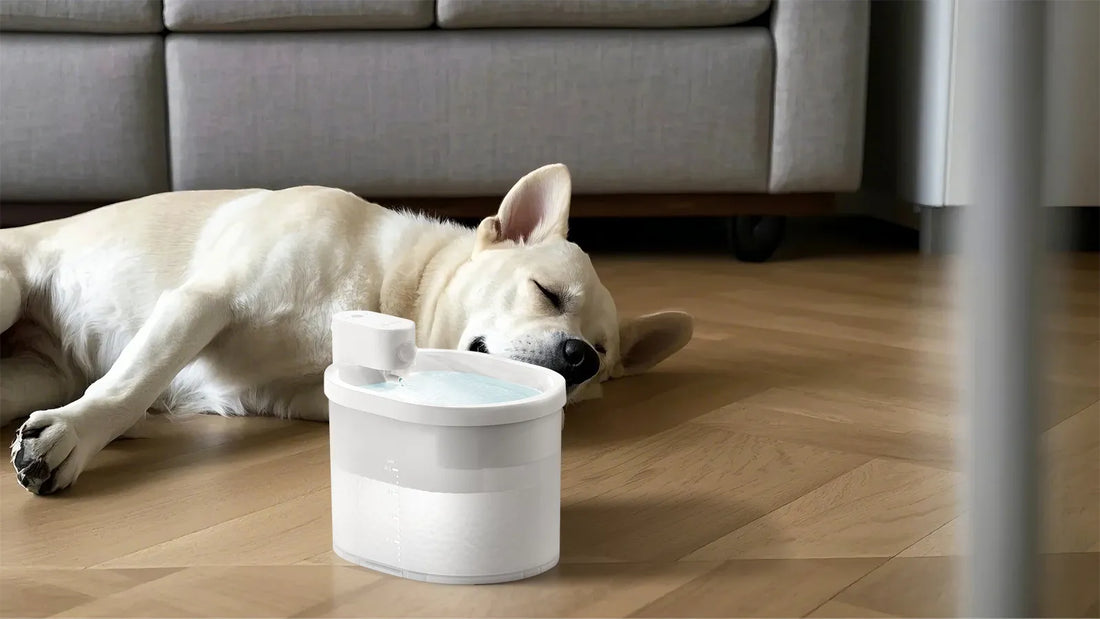Keeping your dog clean and well-groomed is more than just a matter of appearance—it’s a crucial part of their overall health and well-being. Regular dog bath and grooming sessions can prevent skin issues, reduce shedding, and even strengthen the bond between you and your pet. If you’re new to grooming or looking to refine your routine, this guide will walk you through everything you need to know to keep your dog looking and feeling their best.
Why Dog Bath and Grooming Are Important
Regular grooming is essential for maintaining your dog’s health. Bathing helps remove dirt, allergens, and parasites that can cause skin irritation or infections. Brushing their coat not only reduces shedding but also stimulates blood flow to the skin, promoting a healthy, shiny coat. Additionally, grooming sessions provide an opportunity to check for lumps, bumps, or other signs of health issues that might otherwise go unnoticed.
How Often Should You Bathe Your Dog?
The frequency of dog baths depends on their breed, coat type, and lifestyle. Dogs with oily coats may need bathing every week, while those with dry skin might only require a bath once a month. Over-bathing can strip natural oils from their skin, leading to dryness and irritation. Always use a shampoo formulated specifically for dogs, as human products can be too harsh for their sensitive skin.
Step-by-Step Guide to Bathing Your Dog
Follow these steps to make bath time a stress-free experience for both you and your dog:
- Brush your dog’s coat before bathing to remove tangles and loose fur.
- Use lukewarm water to wet their coat thoroughly, avoiding their eyes and ears.
- Apply dog shampoo and gently massage it into their coat, starting from the neck and working your way down.
- Rinse thoroughly to remove all shampoo residue, as leftover product can cause skin irritation.
- Dry your dog with a towel or a low-heat blow dryer, ensuring they’re completely dry to prevent chills.
Essential Grooming Tools
Having the right tools on hand can make grooming easier and more effective. Here are some must-have items:
- Dog shampoo and conditioner
- A brush or comb suitable for your dog’s coat type
- Nail clippers or a grinder
- Ear cleaning solution and cotton balls
- Toothbrush and dog-safe toothpaste
Tips for a Positive Grooming Experience
Grooming can be stressful for some dogs, but these tips can help make it a positive experience:
- Start grooming routines early in your dog’s life to help them get used to the process.
- Use treats and praise to reward good behavior during grooming sessions.
- Be patient and take breaks if your dog becomes anxious or overwhelmed.
- Keep grooming sessions short and consistent to build trust and familiarity.
Common Grooming Mistakes to Avoid
Even experienced dog owners can make mistakes when it comes to grooming. Avoid these common pitfalls:
- Using human shampoo or other products not designed for dogs.
- Neglecting to brush your dog’s coat regularly, leading to mats and tangles.
- Cutting nails too short, which can cause pain and bleeding.
- Ignoring signs of skin issues, such as redness, flaking, or excessive scratching.
When to Seek Professional Help
While many grooming tasks can be done at home, there are times when it’s best to consult a professional. If your dog has a thick or matted coat, requires a specific haircut, or has sensitive skin, a professional groomer can provide the expertise and care needed. Additionally, if you’re unsure about trimming nails or cleaning ears, seeking professional assistance can prevent accidents and ensure your dog’s safety.
Dog bath and grooming are more than just chores—they’re opportunities to care for your pet and strengthen your bond. By following these tips and making grooming a regular part of your routine, you’ll keep your dog healthy, happy, and looking their best. Start today, and watch your furry friend thrive!













